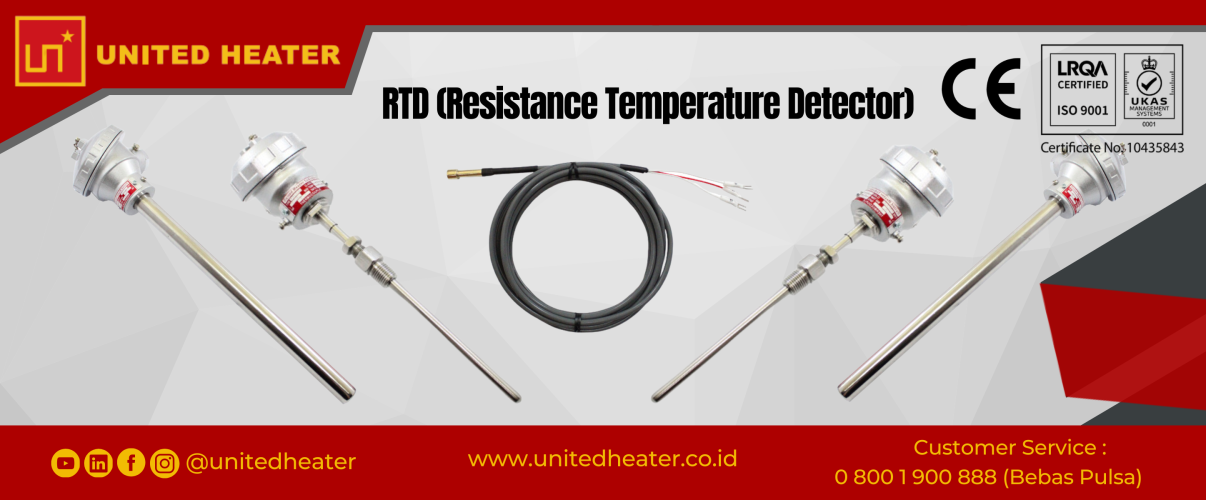
Advantages, Uses, and How RTD (Resistance Temperature Detector) Works
RTD is a temperature sensor that uses the principle of changing the resistance or electrical resistance of metals affected by changes in temperature. RTDs are used to measure temperature as well as find the number of degrees of temperature change. RTDs can be found in control and automation processes due to their stability and high level of accuracy.
The advantages of RTD's are,
- Stable and good accuracy
- Better linearization than thermocouple
- No reference temperature required
- The sensitivity is quite high
- The resulting output voltage is 500 times greater than the thermocouple
So how does an RTD work?
When the temperature of the RTD element increases, the resistance of the element will also increase. Or it can be said, the increase in metal temperature in the RTD element is proportional to its resistance. RTD elements are usually specified by their resistance in ohms (Ω) at 0°C. The most common RTD is PT100, which means its resistance is 100 ohms at 0°C.
An electric current flows through the RTD element located where the temperature is to be measured. The measuring instrument then measures the resistance of the RTD and shows the reading in the exact temperature based on the known resistance characteristics of the RTD.
Consult your needs immediately for free with our team at 0 800 1 900 888 (toll free). Get the right heating element solution for your industrial application needs. Don't forget to visit our website at unitedheater.co.id and United Heater social media at @unitedheater.


















